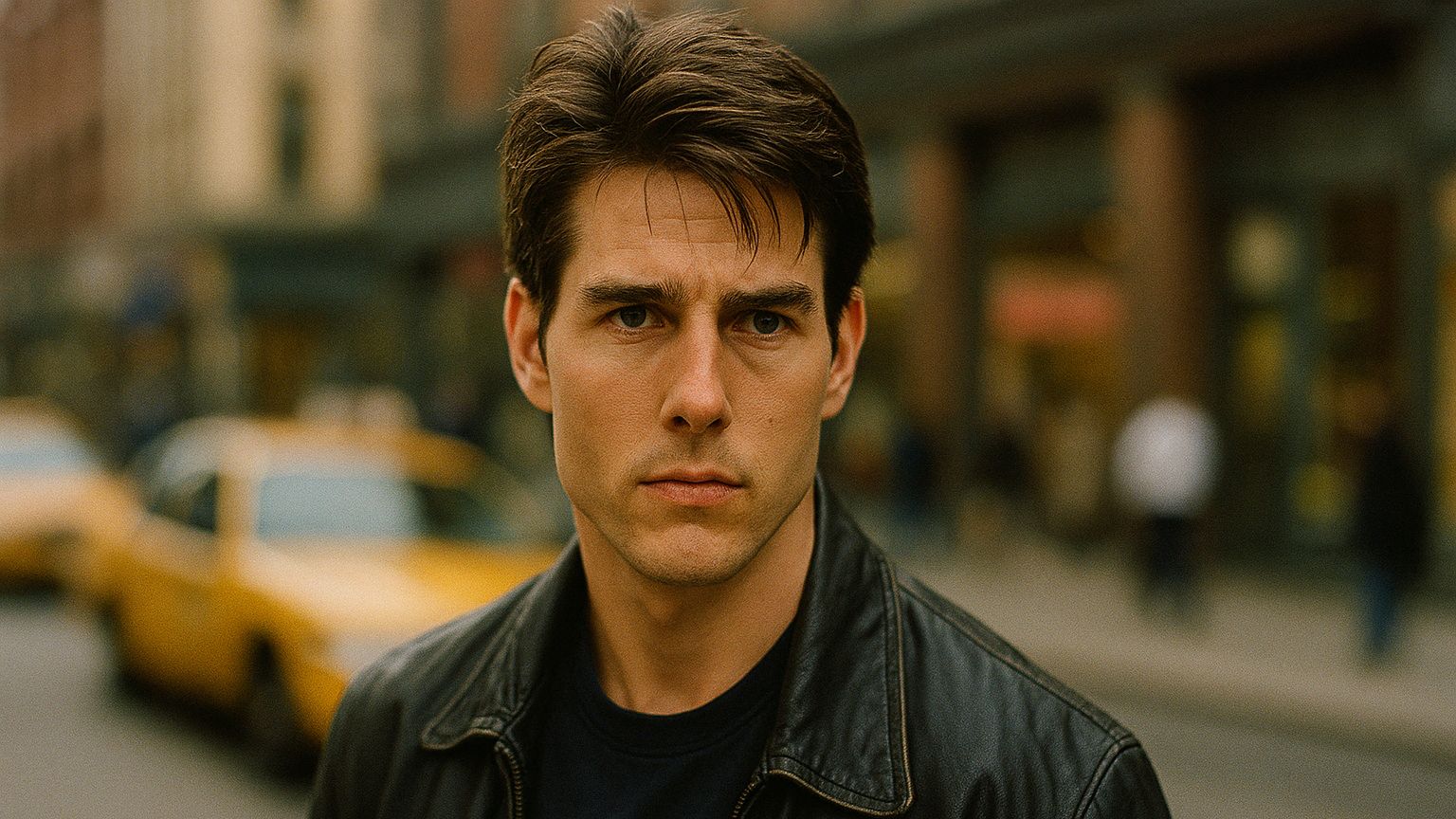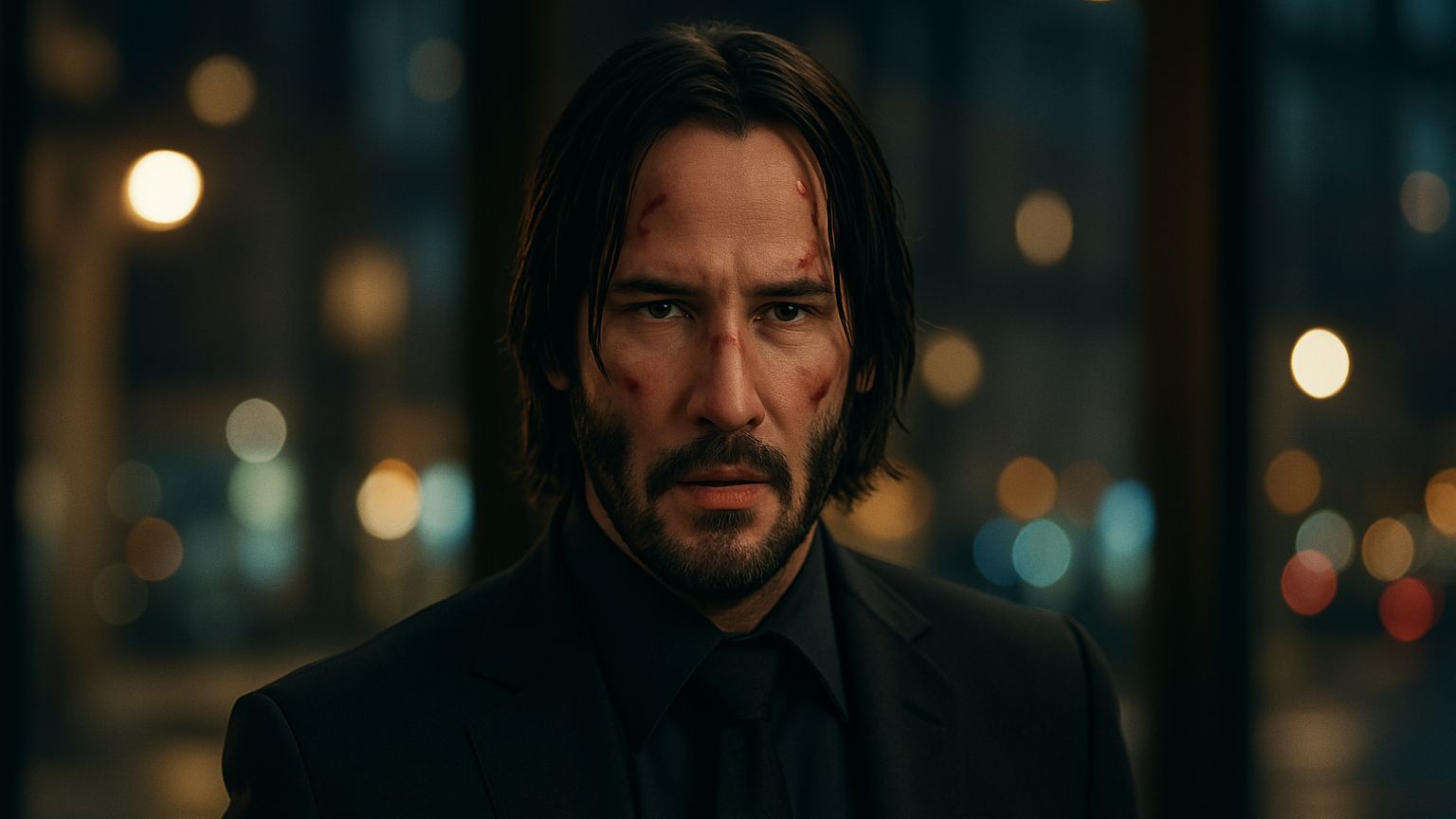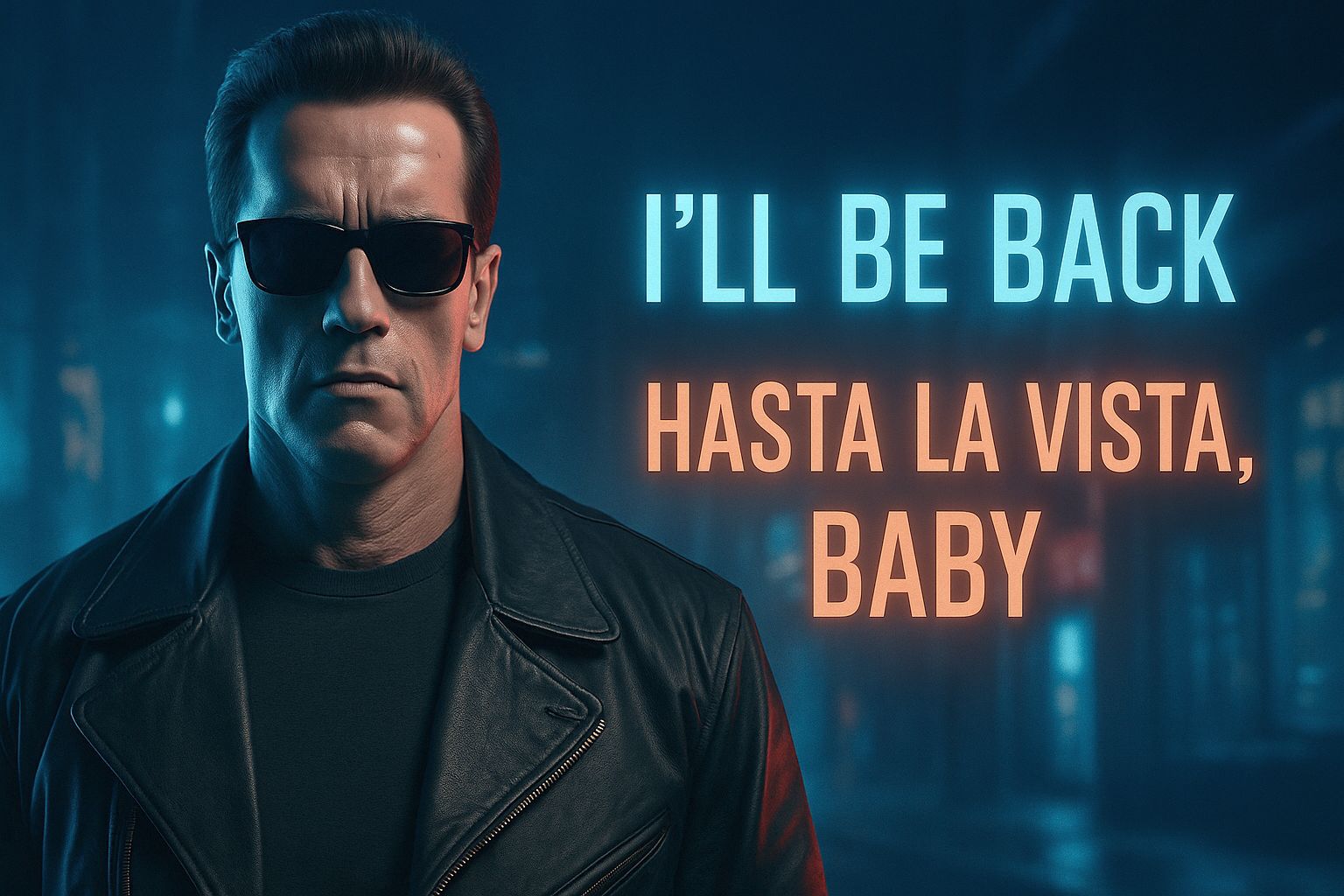Before he became an icon of 80s action cinema, before the headband and the explosive arrows, John Rambo was something far more human: a soldier searching for peace in a world that refused to let him rest. When First Blood exploded onto screens in 1982, audiences didn’t just meet another gun-toting tough guy—they met a man haunted by war, shunned by his own country, and pushed to the edge by injustice. What followed was the birth of one of film’s most enduring anti-heroes—equal parts wounded warrior and unstoppable force. Across five decades and five films, Rambo evolved from a misunderstood drifter to a mythic one-man army, adapting with the times but never losing the raw intensity that made him unforgettable. His journey wasn’t just about body counts or battlefields—it was about trauma, redemption, and survival at all costs. This isn’t just the story of a cinematic character. It’s the story of how one man, forged in fire, became a legend carved in blood, steel, and silence.
From Small-Town Soldier to Cinematic Legend
When First Blood hit theaters in 1982, audiences expected another tough-guy action flick starring Sylvester Stallone. What they got instead was something deeper, something angrier, and something altogether more iconic. John Rambo wasn’t just a walking arsenal—he was a broken man; a veteran pushed to the edge by a world that didn’t know what to do with him. And in that raw vulnerability wrapped in muscle and fury, a cinematic legend was born. Rambo didn’t start off as the shirtless, explosive-slinging juggernaut of later films. He was a drifter. A man without a home. A symbol of America’s complicated relationship with its Vietnam War veterans. And over the decades, he transformed into something much bigger—an icon of resilience, rebellion, and raw survival instinct.
The First Blood That Stained the Screen
John Rambo’s debut in First Blood was gritty, grounded, and psychological. It wasn’t about body counts or bazookas. It was about pain—internal and external. Based on the 1972 novel by David Morrell, the film told the story of a Green Beret who’s harassed by a small-town sheriff and his deputies, triggering a war that no one saw coming. Rambo didn’t ask for trouble. But he was trained for it. What followed was a manhunt that turned the peaceful Pacific Northwest into a battlefield. And Rambo? He became the hunter. The film’s most powerful moment wasn’t even an explosion. It was Rambo’s emotional breakdown in front of his former commander, sobbing about friends who died in Vietnam and the loneliness he felt back home. That scene humanized him. It made us realize he wasn’t a killer—he was a survivor who never stopped fighting a war, even after it ended.
From Soldier to Symbol: The 80s Redefine Rambo
If First Blood was a slow burn, Rambo: First Blood Part II in 1985 lit the fuse and ran with it. This was the Rambo most people remember: headband on, muscles rippling, explosive arrows locked and loaded. The sequel dropped subtlety like a spent shell casing and gave audiences the action hero they craved. But beneath the bullets and biceps, there was a message. This was Reagan-era cinema—a fantasy where Vietnam could be “won” in the movies, if not in reality. Rambo returned to the jungle not just to rescue POWs, but to rewrite the narrative. He wasn’t there to follow orders—he was there to finish the job America abandoned. In doing so, he became more than a character. He became a symbol of justice, vengeance, and unfiltered patriotism.
Rambo III: Bigger, Bolder, and Bombastic
By the time Rambo III came around in 1988, the franchise went full throttle. The Cold War was still simmering, and this time, Rambo was heading to Afghanistan to rescue his former commander from Soviet captivity. The plot was thin, but the action was thick. Helicopter duels, horse-back rocket launches, slow-motion explosions—it had it all. And through it all, Stallone leaned harder into Rambo’s mythos, turning him into an indestructible force of freedom. What made it fascinating, though, was its sheer audacity. Rambo wasn’t just fighting enemies—he was going full David vs. Goliath against entire armies. It was a cinematic fever dream of action, complete with a shirtless showdown in the desert. Critics may have raised eyebrows, but fans cheered. Rambo was no longer just a man—he was a one-man army, and no one was safe when he was on the warpath.
A Bloodier Return: Rambo (2008)
Just when you thought Rambo had laid down his blade for good, Rambo returned in 2008 with a vengeance. This time, the setting was Burma, and the tone was darker, grittier, and shockingly violent. Stallone, now older and grizzled, didn’t try to recapture his youth—he embraced his scars. The film’s body count was astronomical, but its core remained the same: Rambo was a reluctant warrior pulled into battle not for glory, but because no one else would do it. The violence was brutal, almost documentary-like, but it served a purpose. It reminded viewers that war isn’t clean. And Rambo, who had tried to disappear into the shadows, still burned with that old fire when innocents were in danger. The final scene, where he finally walks the long road back to his family farm, felt like closure. But it also hinted that the war within never truly ends.
Rambo: Last Blood – The Final Chapter?
In 2019, Rambo: Last Blood promised one final mission, one last blaze of vengeance. This time, the battle came home. Set in the American Southwest, Rambo faced a brutal Mexican cartel that had taken someone he loved. The film was a personal vendetta, far removed from jungles and foreign battlefields. It brought the war to Rambo’s front door, and he answered it with brutal, bone-crunching ferocity. Critics were divided, but the fans. They saw a man who had nothing left to lose—and nothing left to prove. The final showdown in Rambo’s booby-trapped ranch was pure carnage, but it also felt like a farewell. After all the years, the blood, the bodies, and the broken dreams, Rambo sat on his porch, wounded but alive. Maybe, finally, he had found peace. Or maybe he was just waiting for the next call to arms.
The Physical and the Psychological: Rambo’s Dual Legacy
What makes John Rambo so enduring isn’t just the action—it’s the ache. He’s a character shaped by trauma, molded by conflict, and constantly searching for meaning in a world that keeps turning him into a weapon. Stallone infused Rambo with pathos. He wasn’t just a killing machine. He was a reflection of America’s guilt, its forgotten soldiers, and its uneasy relationship with warfare. For veterans, Rambo was both fantasy and reality—a man who fought back when the world turned its back on him. And for audiences, he was catharsis. Whether he was rescuing POWs, saving villagers, or going full berserker mode in a jungle, he represented someone who couldn’t be ignored. He forced everyone to look at what war does to a person—and what happens when that person refuses to break.
The Evolution of an Action Icon
Rambo helped redefine action cinema. His influence is everywhere—from games to graphic novels to other stoic warriors who walk alone. He pioneered the “silent but deadly” archetype long before it became trendy. And unlike many heroes who fade over time, Rambo adapted. His look, his tone, and even his politics shifted with the decades. But the core of his character—loss, loyalty, and vengeance—remained untouched. He wasn’t sanitized. He wasn’t rebranded. He evolved organically, scars and all. And that’s rare. Most characters get rebooted. Rambo got older. And meaner. And somehow, that made him even more compelling.
The Stallone Factor
Let’s not forget the man behind the myth. Sylvester Stallone didn’t just play Rambo—he created him. Sure, the character came from a novel, but Stallone transformed him into a cultural force. He wrote the scripts. He directed the carnage. He lived in Rambo’s skin for over three decades. And he did it with a level of commitment that made every gunshot, every scream, and every scar feel real. Stallone gave Rambo depth and dignity. He could have made him a cartoon. Instead, he made him a tragedy. A hero who didn’t want to be one. A man who fought because no one else would. And in doing so, Stallone secured his place in the pantheon of action legends.
Why We Still Need Rambo
In a world full of slick, sarcastic superheroes and high-tech espionage agents, Rambo remains refreshingly raw. He’s not pretty. He doesn’t quip. He bleeds. He grunts. He suffers. And that authenticity is what makes him timeless. He doesn’t represent a country or a cause—he represents survival. Pure, unfiltered, no-matter-what survival. That’s why new generations keep discovering him. Because underneath the headband and the war paint is something deeply human. A man who hurts. Who heals. Who fights. And who never gives up.
The Unbreakable Legend
John Rambo isn’t just an action hero—he’s a cinematic legacy. He’s the lone wolf with a haunted past and a deadly skillset, the man who went from hunted to hunter, from soldier to savior. Across five decades, countless battles, and endless explosions, he taught us that sometimes the fight isn’t about victory—it’s about endurance. About standing tall when the world wants you down. About being the last one standing when everyone else has fallen.
In the end, Rambo’s legacy isn’t just written in bullets or blood. It’s written in resolve. In pain. In honor. And no matter how many years pass, one thing’s for sure: when the world turns cruel, and hope seems lost, Rambo will always be ready to draw first blood—one last time.




